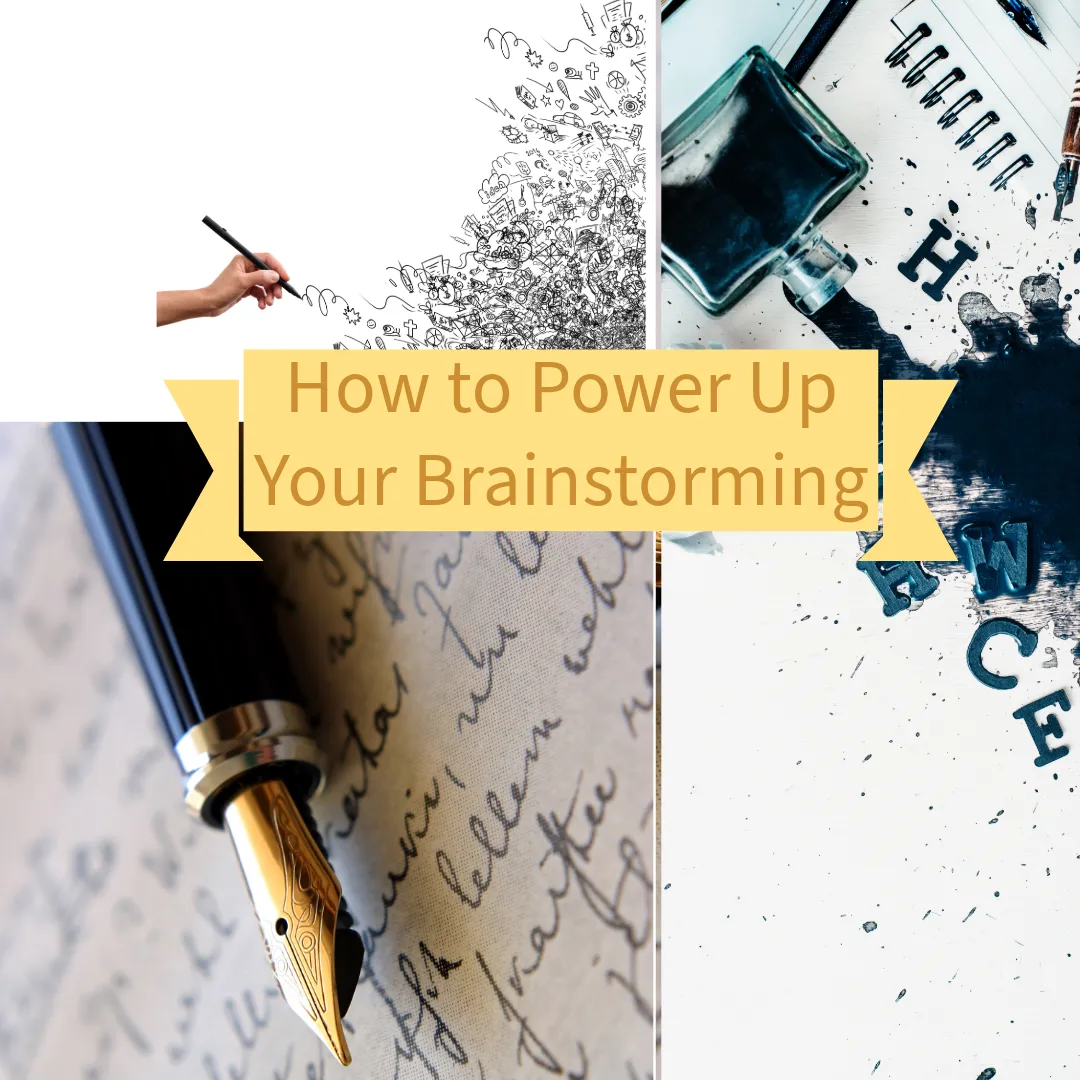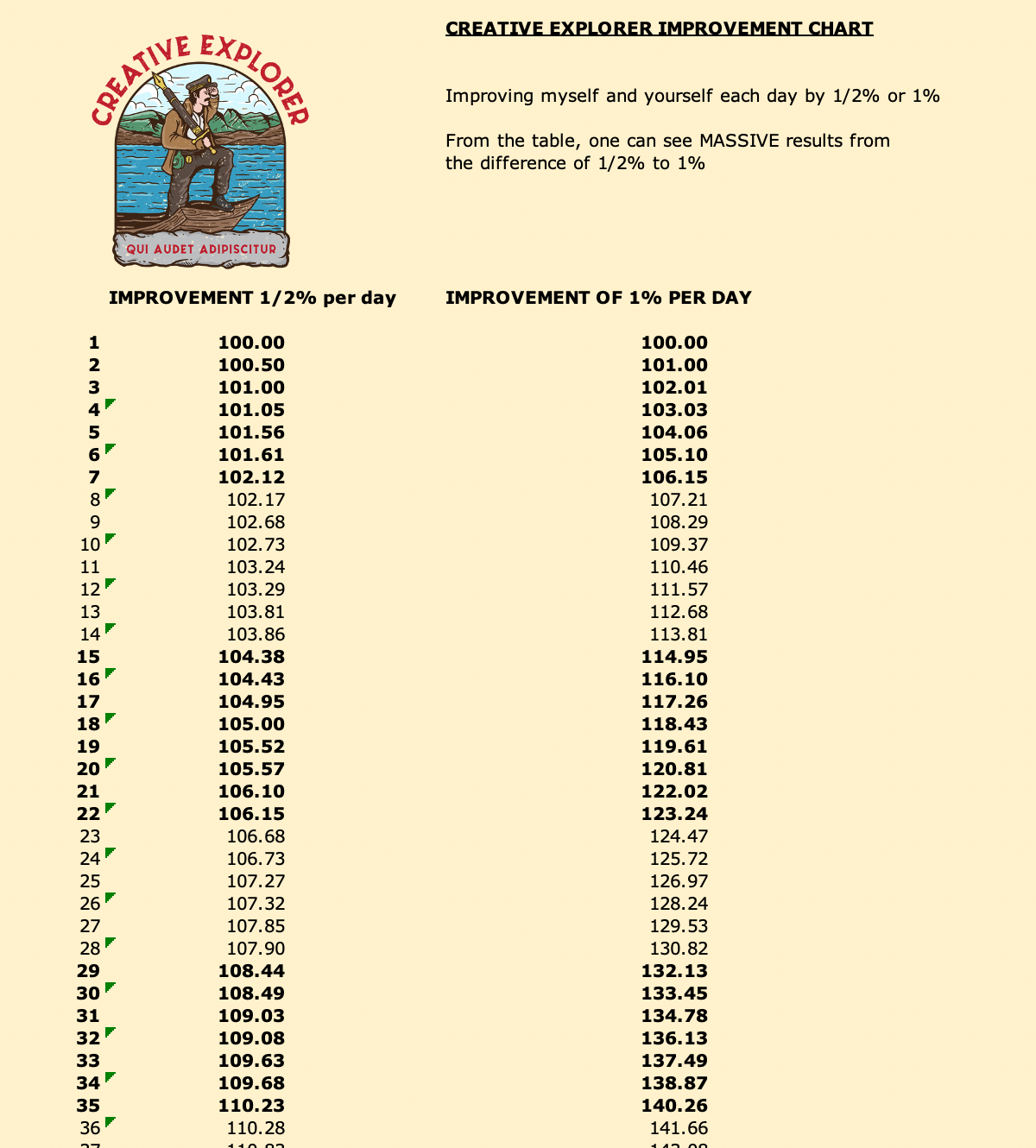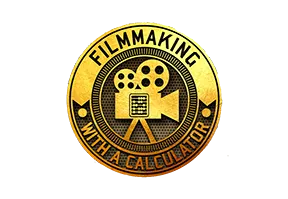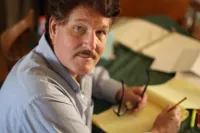
CreativeExplorer-MichaelMandaville.com
I work in Film. I live in Martial Arts. I thrive in Imagination.
WHY I LIKE THIS VIDEO: Kurosawa was a master filmmaker, relying on image to convey his emotions. How he captures emotions with this imagery is conceptually brilliant. I could watch this video a hundred times and always learn more.
Featured Video or Article

How to Power Up Your Brainstorming
You want to brainstorm a goal, a project, a plan…a stupendously brilliant new idea!
How to do it best? By hand. That’s right. By engaging in handwriting, doodling, drawing and other creative handiwork (neat how I worked that one in, right?), then you are engaging your brainpower in its maximum capacity.
The use of your hand is called kinesthesia which is like a wire going straight to the brain. If you think how the hand learns by playing a musical instrument such as a piano or a guitar, you can see that the strumming of the guitar in relation to a music chord aligns the brain to the action and the sound.
Now, using your imagination, we further link our writing and doodling with the brain while workin up our new brilliant idea. This skillset has been supported by studies where children remember more using a pen and paper learn better and faster than recording information on a computer.

Unlocking the Power of Brainstorming Through Handwriting
In the digital age where keystrokes and touchscreens dominate our communication, the age-old practice of handwriting is often disregarded as obsolete. Yet, when it comes to brainstorming—a process integral to creativity and innovation—turning back to the trusty pen and paper could be the key to unlocking our brain's fullest potential.
Recent research spearheaded by professor Audrey van der Meer from the Norwegian University of Science and Technology (NTNU) sheds light on why handwriting is far from being an outdated skill. In a groundbreaking study examining brain activity through EEG, Van der Meer and her team discovered that our brains are significantly more engaged when writing by hand compared to typing.
The study meticulously recorded the neural activity of participants—both young adults and children—revealing a vibrant flurry of action in the brain's sensorimotor regions during handwriting. "The use of pen and paper gives the brain more 'hooks' to hang your memories on," Van der Meer explains. This isn't just about writing; it's a multisensory experience. "A lot of senses are activated by pressing the pen on paper, seeing the letters you write, and hearing the sound you make while writing."
One Technique from the University of North Carolina Chapel Hill - Writing Center
3 perspectives
Looking at something from different perspectives helps you see it more completely—or at least in a completely different way, sort of like laying on the floor makes your desk look very different to you. To use this strategy, answer the questions for each of the three perspectives, then look for interesting relationships or mismatches you can explore:
Describe it: Describe your subject in detail. What is your topic? What are its components? What are its interesting and distinguishing features? What are its puzzles? Distinguish your subject from those that are similar to it. How is your subject unlike others?
Trace it: What is the history of your subject? How has it changed over time? Why? What are the significant events that have influenced your subject?
Map it: What is your subject related to? What is it influenced by? How? What does it influence? How? Who has a stake in your topic? Why? What fields do you draw on for the study of your subject? Why? How has your subject been approached by others? How is their work related to yours?
Why Use Your Handwriting?
When brainstorming, the goal is not merely to generate ideas but to connect deeply with them, to shape them in ways that align intimately with our creative visions. Handwriting, with its direct wire to the brain's sensorimotor areas, offers just that—kinesthesia. This connection is akin to a musician learning a piece on the piano or guitar, where the act itself enhances learning and memory retention.
In many ways, your handwriting connects to your brain, yes, but ultimately to your heart. So when you want to follow a goal, the heart is your true nature. Your heart pulses with enthusiasm leading your brain in the right direction.
Handwriting Connects to Our Receptors
Beyond engaging more of the brain, handwriting also activates a broader network of brain areas, including those responsible for visual processing and memory. This multisensory engagement acts as an array of 'hooks' for the brain, not just to latch onto ideas but to weave them into the fabric of memory, making them easier to recall and develop further.
The Free Flow of Handwriting
There’s something inherently liberating about the act of handwriting in the brainstorming process. Without the linear constraints of a blinking cursor on a blank digital page, handwriting allows thoughts to flow freely, to wander, and explore the uncharted territories of our imagination. It's the artist's brush in our hand, painting strokes of thought onto the canvas of reality.
Doodling is the mind and heart's way of meandering, wandering, exploring - to find the purpose on the page. And your purpose this week, this year, this life.
Staying Present
In the act of handwriting, there's a unique blend of concentration and relaxation that keeps us anchored in the present moment. This state of flow is where creativity thrives, where ideas can sprout, and connections unseen in the hustle of everyday life can reveal themselves.
Beyond the Classroom
It's worth noting that the benefits of handwriting extend beyond academic settings or creative professions. A 2021 study by Japanese researchers demonstrated that participants who wrote calendar events by hand showed more brain activity and recalled information 25% faster than those who used a smartphone for the same task. This correlates with Van der Meer's findings, suggesting that the act of handwriting aids in learning and memory across various contexts.
Despite the technological advancements that offer countless tools at our fingertips, handwriting remains an irreplaceable part of the brainstorming process. It’s not merely about nostalgia for the analog days but about leveraging every tool available to enhance our cognitive capacities. Based on the compelling evidence provided by experts like Audrey van der Meer, and studies conducted by the NTNU and researchers in Japan, it's clear that handwriting is a powerful ally in the pursuit of creativity, learning, and memory retention.
Summary
In conclusion, as we advance into an increasingly digital future, it becomes even more vital to remember the value of handwriting. Not only as a tool for communication but as an essential instrument for cultivating creativity, enhancing memory, and unlocking the full spectrum of our brain's potential. Whether you are brainstorming for the next great invention, planning a project, or simply jotting down ideas.

Did You Know...
... if you improve 1/2% each day, then you will be 267% better over one year? Who can compete with that?

Setting Yourself Up for Success usually doesn't mean one big jump but rather incremental change day after day. Think of it like a ocean wave, moving far out in the Pacific with almost an undetectable push...finally with the power and grace of an ocean wave onto the beach. Create your own metaphor to embrace small habits with a huge future impact.



Facebook
Instagram
X
LinkedIn
Youtube
Website